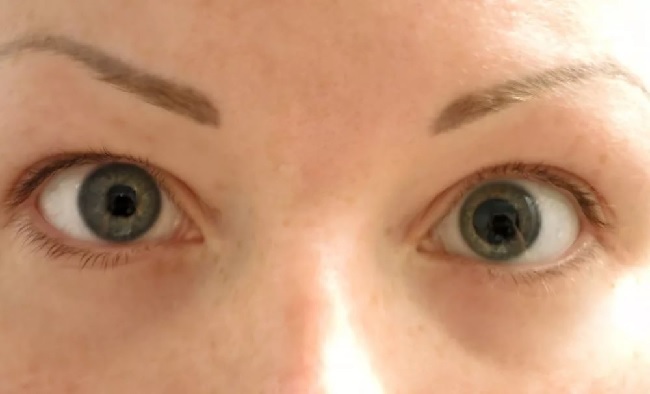Biochemical blood test: preparation, delivery rules, interpretation of results
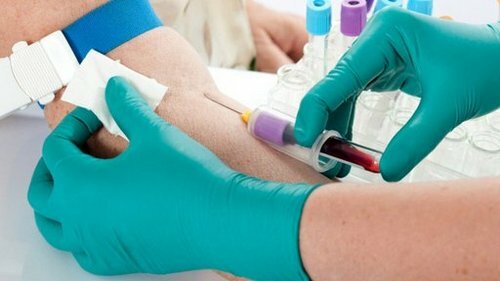
Biochemical blood analysis is one of the most informative methods of blood testing.This technique makes it possible to objectively assess the functional activity of organs and systems and determine whether there are deviations in the basic metabolic processes.The test allows to find out, whether the organism tests in any trace elements.
Since the blood test for biochemistry is simply indispensable in detecting a variety of pathologies, the patient is sent to it for almost any indisposition.The results of laboratory studies are usually ready on the same day or the next.
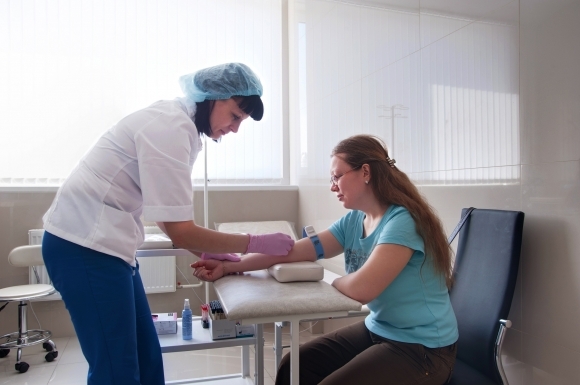
What are the characteristics of the biochemical analysis of blood in adults?
Please note : the data in children and in adult patients may be seriously different.
Bilirubin( total) is a pigment that appears due to the destruction of hemoglobin, myoglobin and the cytochromes.Its high level may indicate the destruction of erythrocytes on the background of hemolytic anemia, or about severe liver pathologies - hepatitis( including viral) or cirrhosis.Bilirubin is also elevated if there is an obstruction of the bile duct and the outflow of bile is difficult.
Limits of the norm: 3,4 - 17,1 μmol / l.
Bilirubin direct - fraction, the concentration of which increases when the bile duct disregards the obturation( blockage) of the bile duct.
Normal values are from 0 to 7.9 μmol / l.
Bilirubin of indirect is the difference between the figures of conjugated and free bilirubin.It increases with the accelerated destruction of red blood cells against the background of malaria, hemolytic anemia.
Reference indicators: & lt;19 μmol / l.
ASAT ( AST, aspartate aminotransferase) is one of the most important enzymes, the biosynthesis of which occurs in the liver.In plasma it is present in minimal amounts, since this enzyme is normally deposited in hepatocytes.An increase in the concentration of ASAT may indicate a major problem with the liver.
Provide an increase in this indicator possible by taking large amounts of acetylsalicylic acid or oral contraceptives.
Reference indicators ASAT:
- female - up to 31 U / l;
- men - up to 37 Units / liter.
Determination of blood sugar level is a study that is central to the diagnosis of diabetes mellitus.The choice of therapeutic tactics largely depends on the indicators obtained.The blood sugar analysis also helps to evaluate the effectiveness of the measures taken.Measuring the level of sugar is extremely important for those who are overweight and expectant mothers at different times of pregnancy.
Blood glucose - decoding in adults and children( norm)
| Age | glucose level mmol / l |
| & lt;14 | 3,33 - 5,55 |
| 14 - 60 years | 3,89 - 5,83 |
| 60 - 70 years | 4,44 -6.38 |
| & gt;70 years | 4,61 - 6,10 |
ALT( alanine aminotransferase) - an enzyme biosynthesis process which occurs in the liver.The enzyme is deposited in the hepatocytes, so there is very little in the blood plasma.The cause of an increase in ALT may be severe heart failure or death of hepatocytes on the background of cirrhosis or hepatitis.
limit of normal ALT :
- women - up to 34 U / L;
- for men - up to 45 U / l.
Gamma GT ( gamma-glutamyl) - an enzyme, located in the cells of the pancreas and in the hepatocytes.The cause of the increase in gamma gamma level may be pancreatitis, hepatitis and alcohol abuse.
Normal enzyme content:
- Men & lt;55 Units / L
- Women & lt;38 U / l
Alkaline phosphatase is a compound present in many organs and tissues of the human body.The most interesting is the determination of the level of the hepatic and bone forms of the enzyme.
Normal indices for phosphatase: 30-120 U / l.
Cholesterol( total cholesterol) is the most important fatty compound of the blood, which comes in an alimentary way( about 20%), and is also produced in hepatocytes.
Normally, blood is found from 3.2 to 5.6 mmol / l.Cholesterol.
Low-density lipoprotein( LDL) - is one of the most dangerous types of fat for health.They have a pronounced atherogenicity, that is, cause the formation of atherosclerotic plaques on the walls of blood vessels.LDL carry cholesterol, transporting it to vascular cells.
Normal LDL: 1.71-3.5 mmol / l.
Triglycerides are neutral fats present in the plasma.Their number is an important one of the important indicators of the process of lipid metabolism.
The normal triglyceride content is between 0.41 and 1.8 mmol / l.
The total protein is an indicator that reflects the total volume of proteins in the blood.Its decrease is observed with some excretory organs accompanied by proteinuria.
Increase in the level of proteins is quite typical for infectious and autoimmune diseases and blood diseases.
Normally, the protein is present in the amount: 66-83 g / l.
Albumin is the most important protein in the blood, it accounts for about 50% of the blood proteins.Reducing the amount of albumin is a symptom of some pathologies of the digestive system.The increase in albumin is a consequence of dehydration.
Limits of standards for albumin: 35-52 g / l
Urea is the final product of protein metabolism.Urea leaves the body with urine, ie, excreted by the kidneys.Urea concentration is an important diagnostic index that reflects the functional activity of the kidneys.
Normal values of urea: 2.8-7.2 mmol / l.
Creatinine is a compound on which the energy metabolism in the muscle fibers largely depends.This compound is excreted only by the kidneys, so determining its level in the blood plasma can reveal problems with the urinary system.
Normal indices for creatinine :
- males - 62 - 115 μmol / l;
- for women - 53 - 97 μmol / l.
Chlorine( Cl-) is one of the most important electrolytes present in the ionized state.It depends on the stability of the water-electrolyte balance and the maintenance of a normal pH of the internal environment of the body.
Normal indications for chlorine: 98-107 mmol / l.
Potassium( K +) is a vital electrolyte, located mainly in intracellular spaces. Increased concentration of potassium accompanies chronic and acute renal failure, in which dysuria or anuria occurs.
Normal values for potassium: 3,5-5,5 mmol / l.
Sodium( Na +) - electrolyte, present mainly in the extracellular fluid;Some sodium is inside the cells.This element is responsible for water metabolism, blood pressure, and the functioning of a number of digestive enzymes.
Reference parameters of sodium: 136-145 mmol / l.
C-reactive protein( CRP) blood, actively reacts to any tissue integrity disorders.Detection of reactive protein is an unconditional symptom of the presence of inflammation, damage or introduction of an infectious agent( in this case, a blood test for antibodies is needed).
In normal C-reactive protein in the blood may not be at all.Limits of the norm: 0 - 5 mg / l.
Uric acid is a protein metabolism product in the body.P an increase in its level of in the blood is noted in pathologies of the kidneys, including - with nephrolithiasis( urate stones).
Normal values of uric acid:
- male - 210 - 420 μmol / l;
- women - 150 - 350 μmol / l.
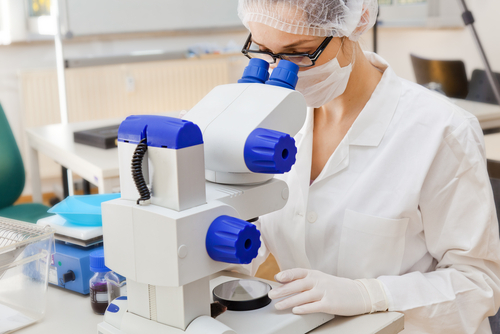
Iron is a part of hemoglobin, transporting and depositing oxygen.This micronutrient plays a big role in hemopoiesis, that is, the process of hematopoiesis.
Reference parameters for iron:
- female - 8.95 - 30.43 μmol / l;
- men - 11.64 - 30.43 μmol / l.
Amylase is an enzyme responsible for the breakdown of carbohydrates to monosaccharides.The enzyme is present in saliva( alpha-amylase) and pancreatic juice.The norm for alpha-amylase is 28-100 U / l, and for the pancreatic isoform, 0-50 U / l.Increased activity of amylase may indicate such serious pathologies as inflammation of the peritoneum, pancreatic pathology, diabetes mellitus.You can also suspect a pancreas cyst or an inflammation of the gallbladder.The decrease in the activity of amylase is diagnosed with low functional activity of the pancreas, its necrosis, resection of the gland, as well as in viral hepatitis, liver cirrhosis and gestosis of pregnant women.
Lipase cleaves triglycerides in the lumen of the lower parts of the digestive tract.With inflammation in the pancreas, this enzyme penetrates into the blood.Thus, the detection of lipase in the plasma( especially - in combination with amylase) is highly likely to indicate severe pancreatitis.Limits of lipase norms are from 0 to 190 U / l.
Table of blood test standards for biochemistry in adults:
| index | age norms | Unit | ||||||||
| Up to 1 month. | Up to 1 year | 1-14let | ||||||||
| total protein | 49-69 | 57-73 | 62-82 | g / l |
||||||
| Albumin | 34-44 | 36-49 | 37-55 | g / l | ||||||
| seromucoid | 0,13-0,20 |
U | ||||||||
| Thymol pr. | 0-4 | U | ||||||||
| C reaivny protein | negative | |||||||||
| Amylase | to 120 | U / l | ||||||||
| ALT | to 40 | U / l | ||||||||
| ACT | Up to 40
| U / l | ||||||||
| Cholinesterase | 3000-9300 | U / l | ||||||||
| Alkaline phosphatase | To 150 | Prior 644 |
Unit / liter | |||||||
| LDH | to 1536 | Prior 960 | Prior 576 | U / l | ||||||
| CK | F 25-170 | |||||||||
| M25-200 | ||||||||||
| ASL-0 | 50-250 | U | ||||||||
| total bilirubin | 17-68 | 3,4-20,7 | Μmol / l | |||||||
| Bilirubin direct | 4,3-12,8 | 0,83-3,4 | . mu.mol / l | |||||||
| unconjugated bilirubin | 12,8-55,2 | 2,56-17,3 | . mu.mol / l | |||||||
| Cholesterol | 1,6-3,0 | 1,8-4,9 | 3,7-6,5 | mmol / l | ||||||
| B lipoproteins | 1,5-3,5 | 1,4-4,5 | 3,55-5,5 |
H / L | ||||||
| Triglycerides | 0,2-0,86 | 0,39-0,93 | 0,4-1,86 | mmol / l | ||||||
| Glucose | 1.7-4.7 | 3.3-6.1 | mmol / L | |||||||
|
|
Acid | 0.14-0.29 | 0.14-0.21 | 0.17-0.41 | mmol / L | |||||
| Creatinine | 35-110 mmol / L | |||||||||
| mmol / L | ||||||||||
| Sodium | 135-155 | 133-142 | 132-156 | mmol / l | ||||||
| Calcium general | 2,2-2,5 | 2.3-2.87 | mmol / L | |||||||
| Calcium ionase. | 0,93-1,17 | 1,03-1,27 | mmol / l | |||||||
| Phosphorus | 1,8-2,7 | 13-2.3 | 1.0-1.8 | mmol / L | ||||||
| Magnesium | 0.66-0.95 | 0.7-1.2 | mmol / l | |||||||
| Copper | 1,9-10,5 | 4,2-24,0 | 11,0-25,0 | . mu.mol/ L | ||||||
| 9,8-33,0 | 6,3-15,0 | 9,3-32,0 | . mu.mol / l | |||||||
| chlorides | 96-107 | mmol / l | ||||||||
| average molecular | E254 | 240-260 | U | |||||||
| E280 | ||||||||||
| Gamma - HT |
Up to 250 | Up to 177 | F 7-32 | Units per liter | ||||||
|
|
||||||||||
| display | Normal adult | |
| male | women | |
| Total protein( tp) | 60 - 85 g / l | 60 - 85G / l |
| Albumin( albu) | 35 - 50 g / l | 35 - 50 g / l |
| Total bilirubin( tbil) | 8.5 - 20.5 μmol / l | 8.5 - 20.5 μmol / l |
| Indirect bilirubin( dbil) | 1 - 8 μmol / l | 1 - 8 μmol / l |
| Direct bilirubin( idbil) | 1 - 20 pmol / l | 1 - 20 pmol / l |
| aspartate aminotransferase( alt) | to 37 u / l | to 31 u / l |
| Alanine aminotransferase( ast) | to 45 units/ l | to 35 u / l |
| γ-glutamintransferaza( ggt) | to 55 u / l | to 40 u / l |
| Alkaline phosphatase( alp) | 30 - 130 U / l | 30 - 110 units / l |
| Triglycerides( trig) | 0,4 - 1,8 mmol / l | 0,4 - 1,8 mmol / l |
| Cholesterol( chol) | 3, 5-5,5 mmol / l | 3,5-5,5 mmol / l |
| Lipoproteins VP( hdl) | 1,7 - 3,5 mmol / l | 1,7 - 3,5 mmol / l |
| Fibrinogen( fg) | 2 - 4 g / l | to 6 g / l of( pregnancy) |
| Amylase( amyl) | 25 - 125 U / l | 25- 125 U / l |
| Uric acid( uric acid) | 210 - 420 mkml / l | 150 - 350 mkml / l |
| Creatinine( crea) | 62 - 120 mkml / l | 55- 95 μm / l |
| Urea( urea) ASD152 ASD | 2,8 - 7,2 mmol / l | 2,8 - 7,2 mmol / l |
| C-reactive protein( crp) | up to 0.5 mg / l | up to 0.5mg / l |
| antistreptolysin O( also, ASO) | to 200 U / l | to 200 U / l |
| glucose( glu) | 3,8 - 6,3 mmol / l | 3.8 - 6.3 mmol / l |
Table of blood test standards for biochemistry in children:
How to prepare for a blood test for biochemistry?
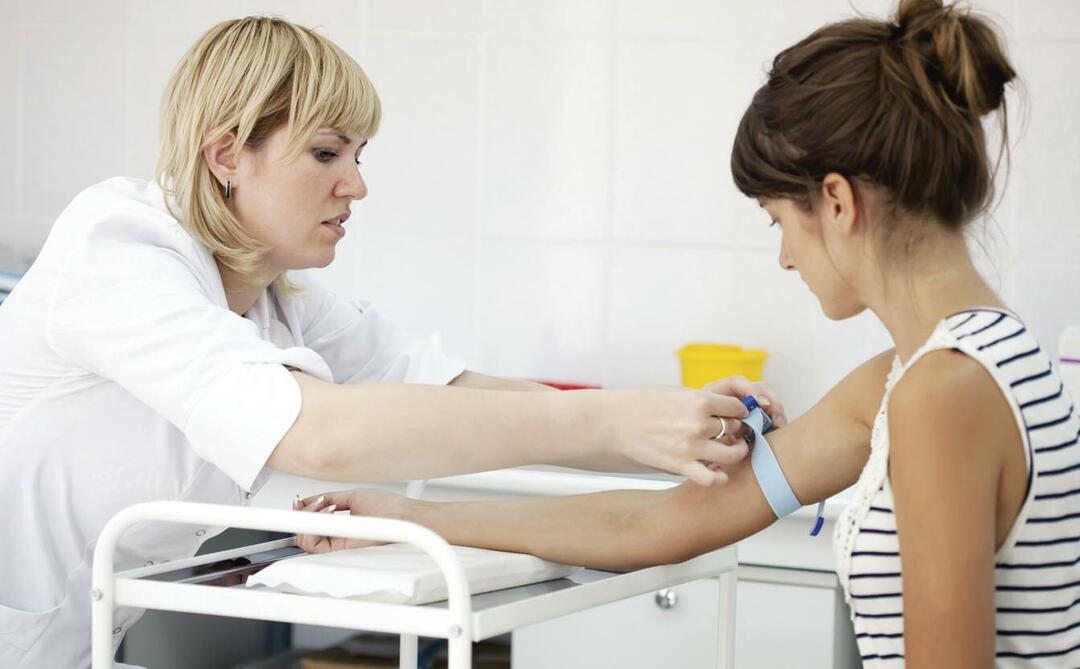
Drinking alcohol is not allowed 24 hours before the procedure.You can not smoke for 60 minutes before taking blood.Food can be taken no later than 12 hours before the procedure.You can drink only clean water, but juices, tea and even chewing gum should be excluded.
Note : The physical loads immediately before the analysis can significantly distort the results.
Vladimir Plisov, medical reviewer, phyto-therapeutist, dentist

